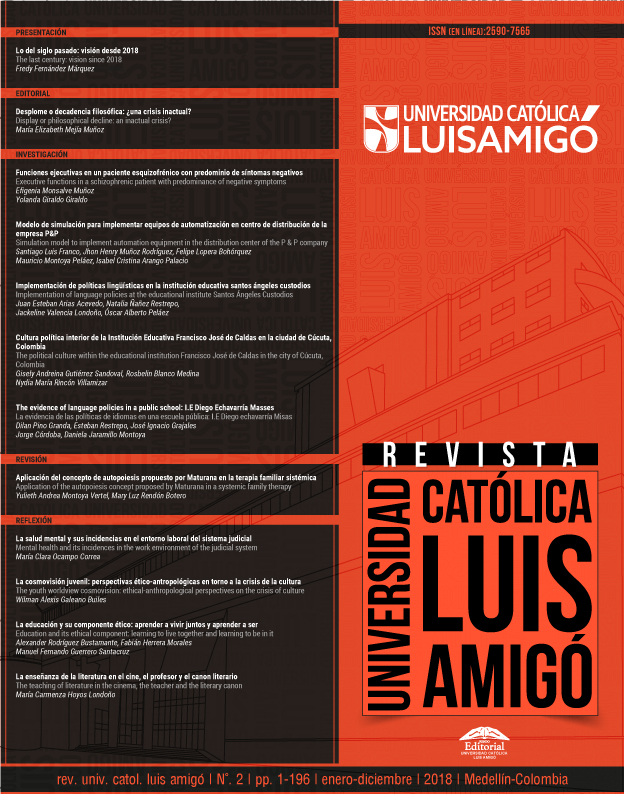Simulation model to implement automation equipment in the distribution center of the P & P company
DOI:
https://doi.org/10.21501/25907565.3043Keywords:
Storage, Costs, Storage technology, Simulation, Optimization.Abstract
Management in distribution centers have a high impact on customer satisfaction. They must responded quickly to the productive process receiving area to maintain a high reliability in the storage and to control of the products and the operating costs. The objective of this report is to present the analysis of different technologies to improve the management of the main distribution center that the Phantom Product company projects for the needs of the year 2020, through a FlexSim simulation model, to guarantee that at least in 95% of the days the production lines are not stopped due to inattention or inefficiency of the logistics area of the distribution center. This methodology is focused on the simulating and experimental design of the receiving and storage operation of the distribution center, providing a state of the art work. The results are generated from simulation, which identifies the needs and verifies the ability of the tools used to improve the operation of the distribution center, thus being able to validate, the analysis of the information, which of the equipment options for the warehouse is meeting the requirements in times of the plant receiving goods and the costs increase from the stoppage in each option.Downloads
References
FlexSim. (2016). Manual Usuario. FlexSim. Recuperado de https://answers.flexsim.com/storage/attachments/6788-flexsim-1710-manual-arial.pdf
Gómez R. A. y Correa A. A. (2011). Mejoramiento de la recepción en una empresa de colchones utilizando simulación y diseño de experimentos. Revista Lasallista de Investigación, 8(1), 68-81. Recuperado de http://repository.lasallista.edu.co:8080/ojs/index.php/rldi/article/view/75.
Montanero, M., Lucero, M., Méndez, J. M. (2008). Enseñanza de contenidos históricos mediante diagramas multicausales. Revista Española de Pedagogía, (239), 27-48. Recuperado de http://redined.mecd.gob.es/xmlui/bitstream/handle/11162/79026/239-02.pdf?sequence=1&isAllowed=y.
Prácticas de sistemas de fabricación. (2012). Simulación de un proceso industrial mediante el software de FlexSim. Recuperado de https://rua.ua.es/dspace/bitstream/10045/20587/1/Simulacion_de_un_proceso_industrial_mediante_FlexSim.pdf.
Vargas, J. y Giraldo, J. (2014). Modelo de predicción de costos en servicios de salud soportado en simulación discreta. Información Tecnológica, 25(4), 175-184. Doi: http://dx.doi.org/10.4067/S0718-07642014000400019.
Tutorial FlexSim. (s.f.). TutOrial FlexSim. Recuperado de https://profearias.files.wordpress.com/2013/02/tutorial_flexsimsp.pdf.
Downloads
Published
How to Cite
Issue
Section
License
PROPIEDAD INTELECTUAL
Los autores son moral y legalmente responsables del contenido de sus artículos, así como del respeto a los derechos de autor. Por lo tanto, éstos no comprometen en ningún sentido a la Universidad Católica Luis Amigó.
La reproducción de los artículos se regirá conforme a lo descrito en http://creativecommons.org/licenses/by-nc-sa/4.0/

